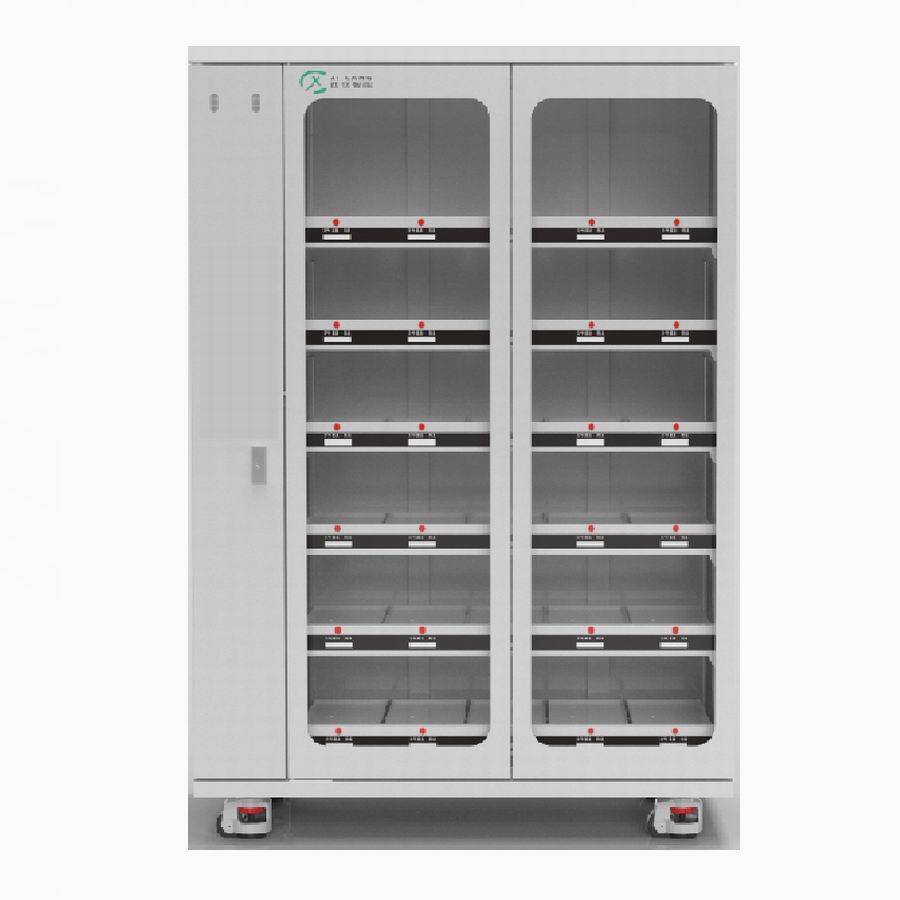Granulation equipment requirements and modulation techniques
I. Equipment Preparation Before Granulation
Before starting the granulation process, it's essential to thoroughly inspect and maintain all equipment to ensure product quality and operational efficiency. This includes the following key steps:
1. Clean the granulator’s upper part and the magnet at the end of each shift. If this isn’t done, metal fragments from the feed can enter the ring die, causing damage and affecting the granulator’s performance.
2. Regularly monitor the wear of the ring die and the pressure roller. Excessive wear on the pressure roller can reduce production capacity, while over-worn dies may decrease the effective thickness, leading to poor pellet quality.
3. Ensure the press roller is properly timed to maintain its smooth operation and avoid mechanical issues.
4. Check the cooler for any material buildup and inspect the cooling plates or screens inside for damage. A damaged screen can lead to improper cooling and affect the final product quality.
5. Inspect the crusher roller regularly. If the corrugated teeth become dull, the crushing efficiency decreases, which can lower the overall product quality.
6. Verify that the grading screens in each class are free from holes, blockages, or adhesions. The screens should be intact to ensure accurate particle classification during the process.
7. Check the granulator cutter. A dull cutter can increase the amount of fines in the final product, reducing the overall quality of the pellets.
8. Inspect the steam separator to ensure clean and high-quality steam is delivered to the conditioner. Poor steam quality can negatively impact both production capacity and pellet quality.
9. When refueling, make sure the buffer bin and the finished product bin above the granulator are completely empty to prevent cross-contamination between different batches.
II. Conditioning Technology
Pig feed typically contains high-starch ingredients like corn and low crude fiber. The structure and strength of the final pellets depend heavily on the conditioning process. Proper conditioning involves heating and steaming the raw materials, which softens them and improves their ability to form into pellets.
During conditioning, some of the starch in the feed becomes gelatinized, acting as a natural binder that increases the pellet formation rate. The typical conditioning time for a conditioner is 10–20 seconds. Extending this time can enhance starch gelatinization, raise the feed temperature, reduce harmful microorganisms, and improve both production efficiency and pellet quality. However, if the conditioning time is too short, heat and moisture may dissipate too quickly, reducing effectiveness.
To achieve optimal conditioning, vapor pressure must be carefully controlled. In general, the moisture content of the feed should be around 16–18%, and the temperature should be maintained at 75–85°C. These parameters can be adjusted based on specific production needs and conditions to ensure consistent and high-quality pellet output.

Intelligent Weighing Cabinet,Full Touch Screen Control Weighing Cabinet,10 Door Intelligent Grid Cabinet,Weighing Intelligent Cabinet
Jiangsu Xicang Intelligent Technology Co., Ltd. , https://www.xciwarehousing.com